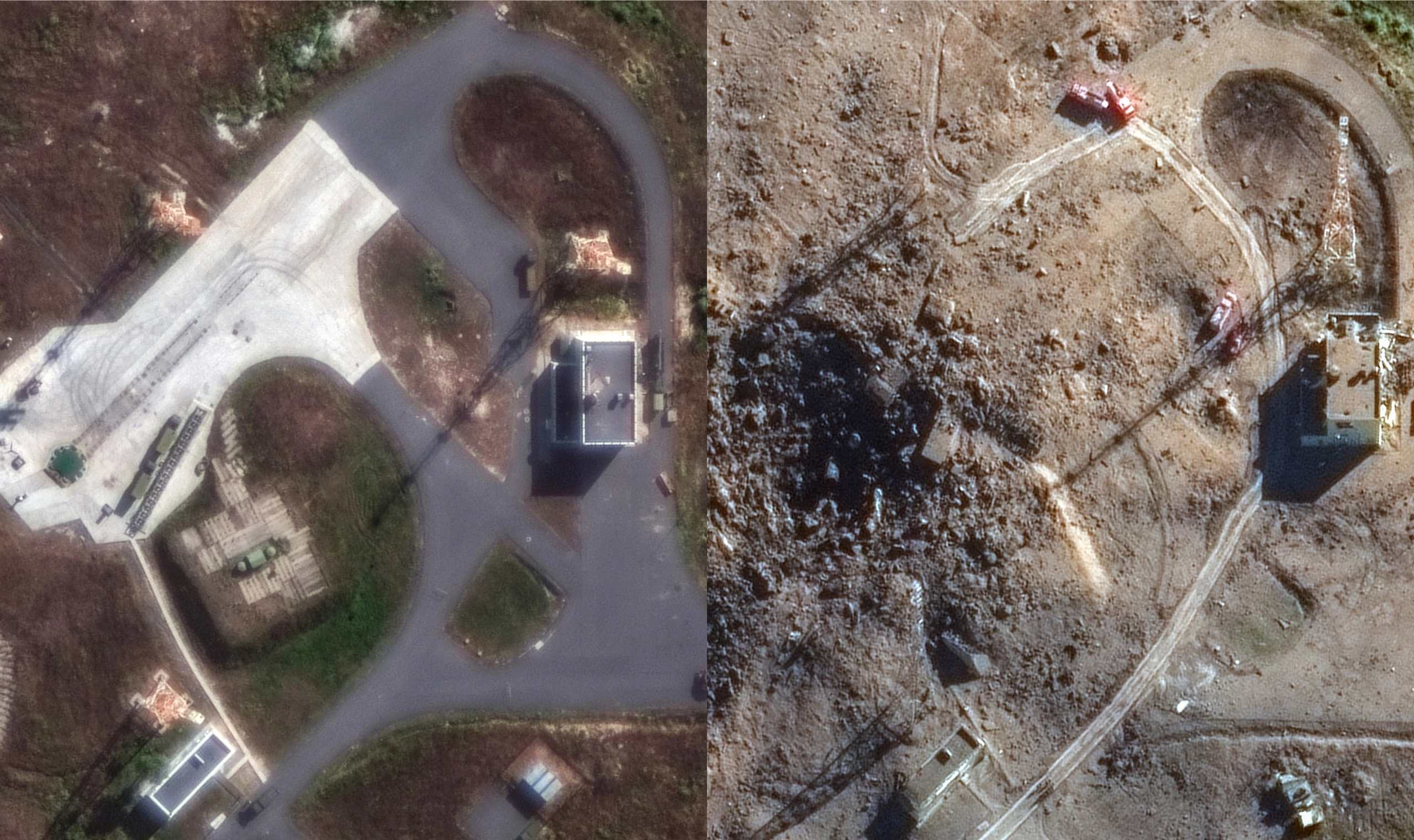
Images of the launch site are believed to be before (right) and after the test.
The Guardian newspaper on September 24 quoted weapons experts analyzing satellite images saying that Russia appeared to have "catastrophically failed" when testing the Sarmat missile in its efforts to modernize its weapons.
Images taken by Maxar Technologies (USA) on September 21 show a crater about 60 meters wide at the launch site at Plesetsk Cosmodrome in northern Russia, although there was no noticeable damage in photos taken earlier this month.
The RS-28 Sarmat intercontinental ballistic missile is designed to carry nuclear warheads to targets thousands of kilometers away, with a range reaching the United States and Europe, but its development has been plagued by delays or testing failures.
“By all indications, it was a failed test. There was a big hole in the ground. There was a serious problem with the missile and the launch tube,” said Pavel Podvig, a Geneva-based analyst who runs the Russian Nuclear Forces Project.
Mr. Timothy Wright, research associate at the International Institute for Strategic Studies (IISS-UK), said the state of destruction in the area around the missile silo showed an accident immediately after ignition.
“One possible cause is that the first stage (rocket booster) failed to ignite properly or had a serious mechanical failure, causing the rocket to fall back or crash near the silo and explode,” Reuters quoted him as saying on September 23.
Russia Test-Fired Satan II Missile While Biden Visits Ukraine?
Nuclear expert James Acton at the Carnegie Endowment for International Peace posted on social media X that satellite imagery before and after the launch, and that “the conjecture that there was a large explosion is very convincing,” clearly shows that the Sarmat missile test failed.
When asked for comment, the Kremlin said reporters should ask the Russian Defense Ministry. The ministry has not responded to a request for comment, nor has it made any announcement regarding the Sarmat missile tests in the past few days.
The 35-meter-long RS-28 Sarmat missile, known in the West as Satan II, has a range of 18,000 kilometers and a launch weight of more than 208 tons. Russian media say it can carry up to 16 independently targetable nuclear warheads as well as the Avangard hypersonic glide vehicle.
Russia had said the Sarmat missile would be ready by 2018, replacing the Soviet-era SS-18, but the deployment date has been postponed several times.







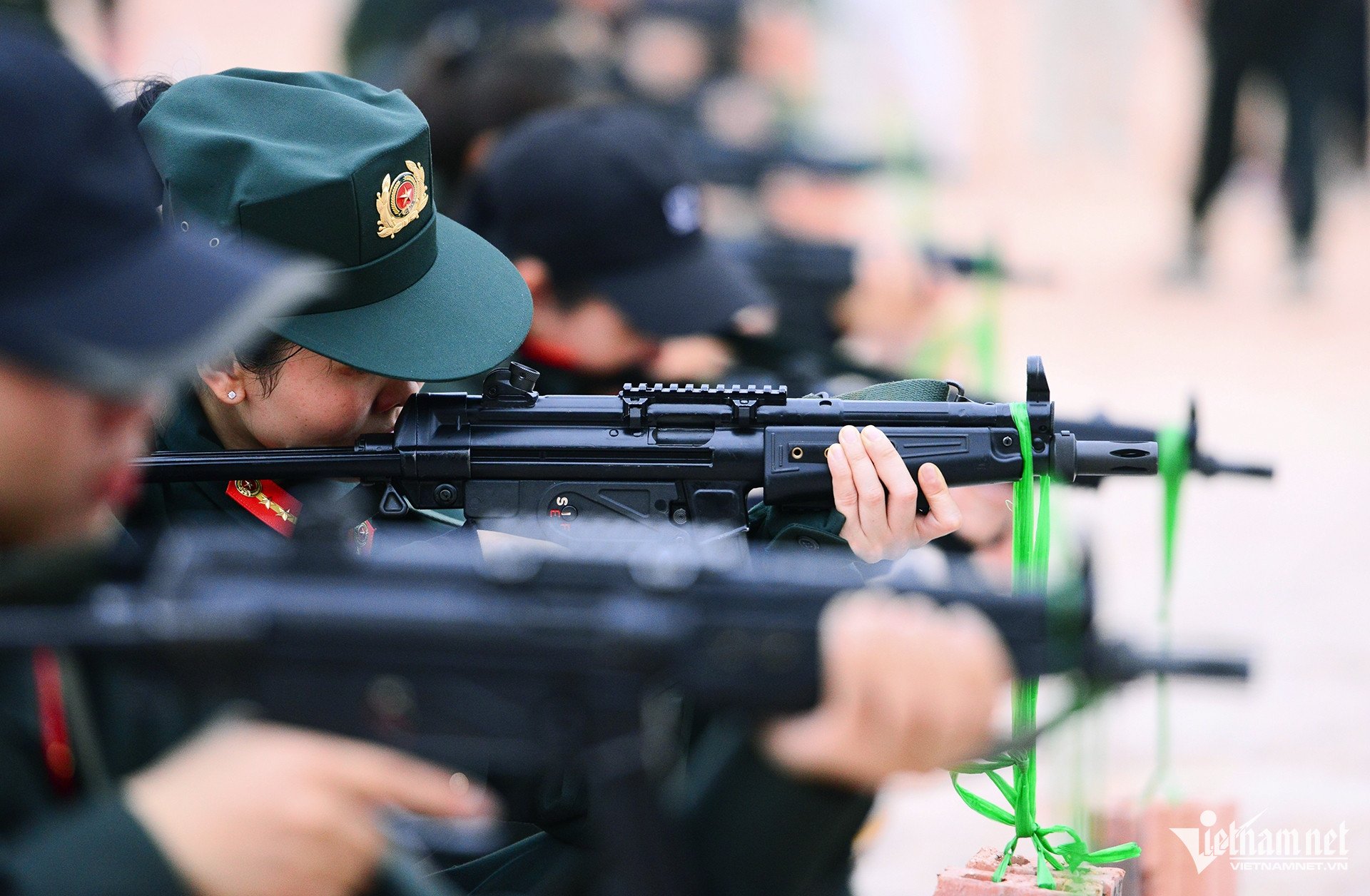


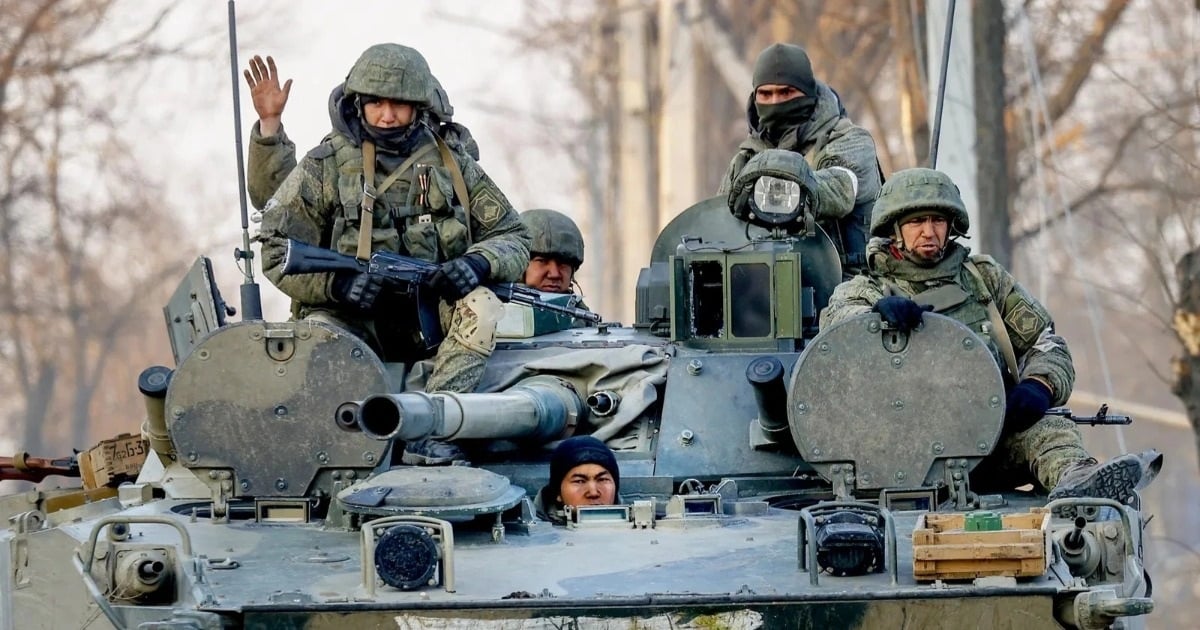





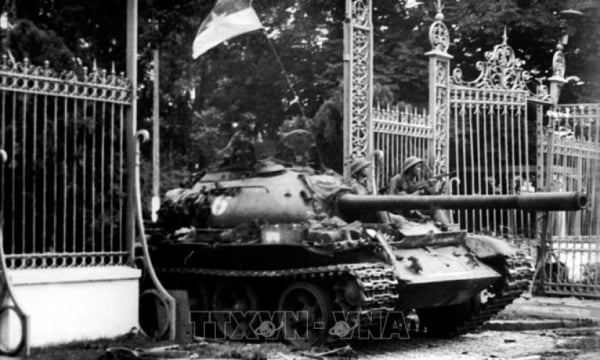
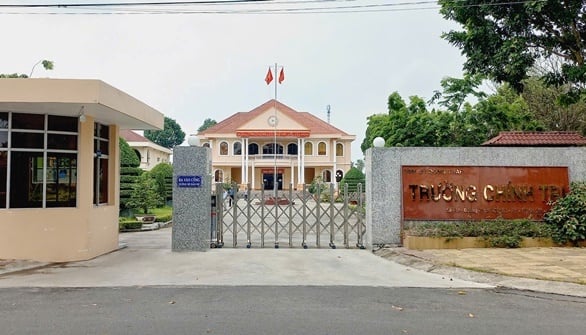








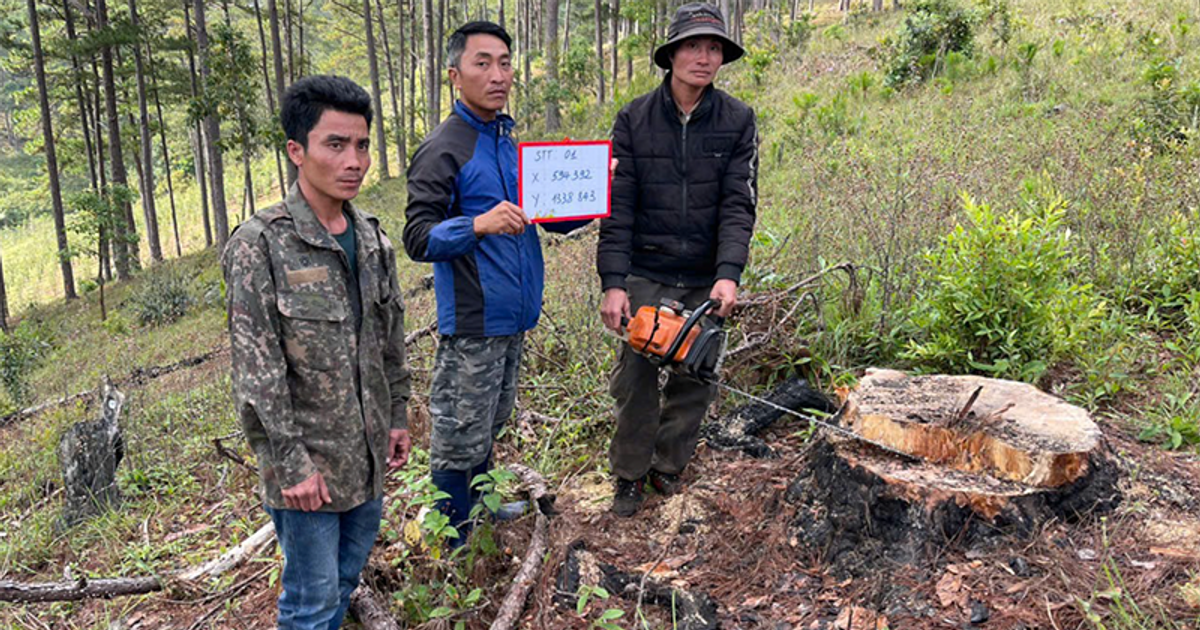



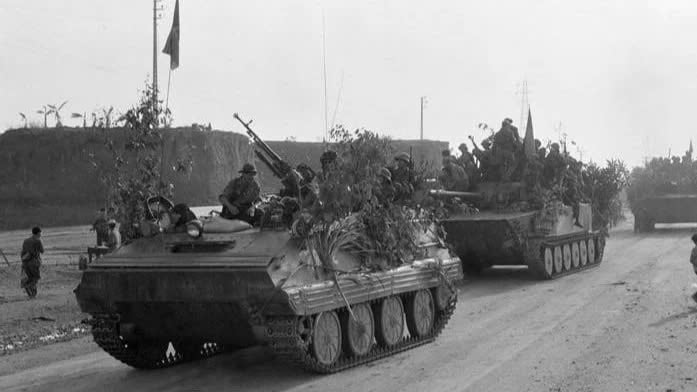

![[Photo] "Beauties" participate in the parade rehearsal at Bien Hoa airport](https://vstatic.vietnam.vn/vietnam/resource/IMAGE/2025/4/11/155502af3384431e918de0e2e585d13a)







































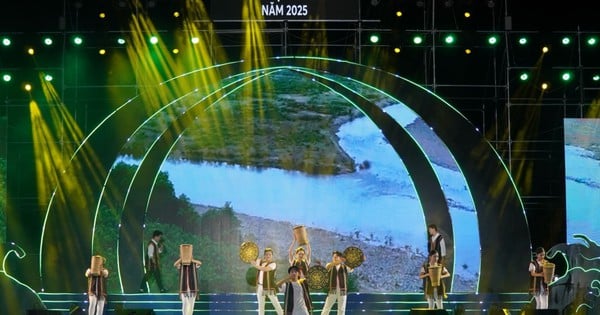





















Comment (0)